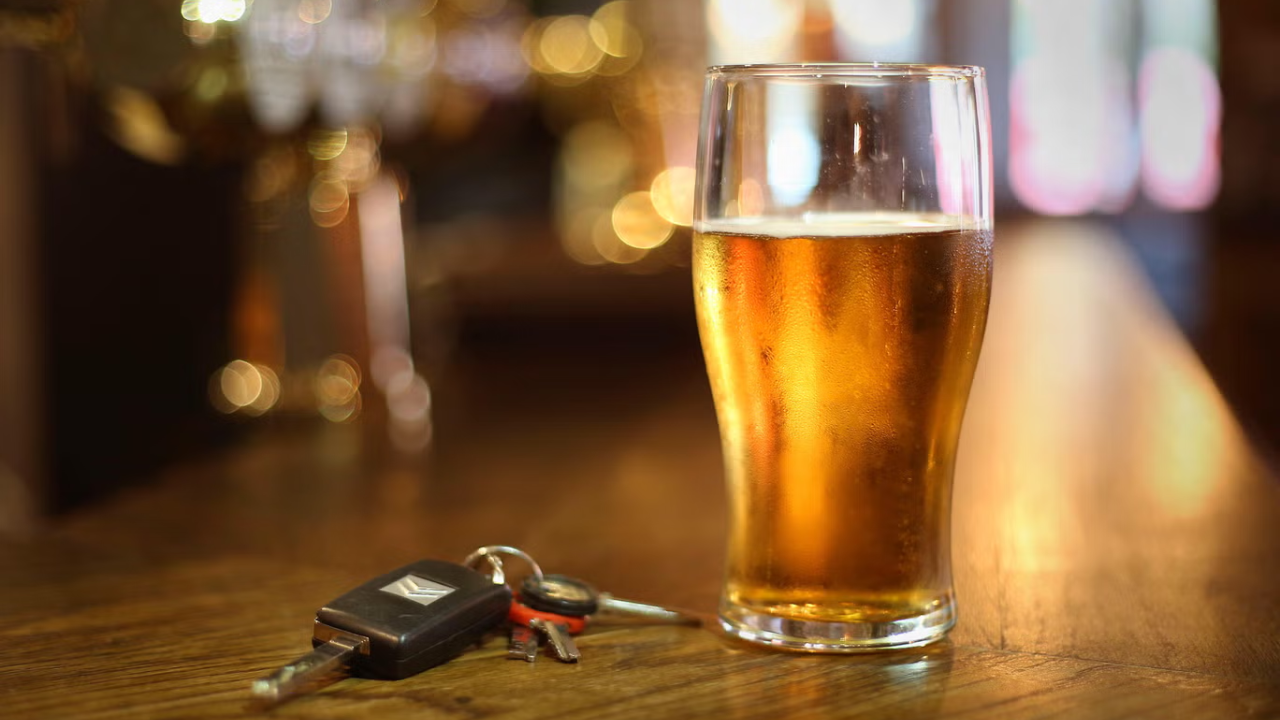Every single day in the UK, motorists are caught drink-driving — and the numbers are alarming. Recent figures reveal that nearly 100 drivers a day are found over the legal alcohol limit, putting themselves and others at risk. This issue raises serious questions about road safety, the effectiveness of current laws, and how society can reduce the dangers caused by drink-driving. Drink-Driving Every Day: Road Safety Concern
How Many Motorists Are Caught Drink-Driving Every Day?
According to data obtained from the Driver and Vehicle Licensing Agency (DVLA), more than 108,000 drivers were caught drink-driving between 2022 and 2024. That breaks down to almost 99 motorists caught drink-driving every day.
The figures highlight just how common this offence has become. Far from being rare, drink-driving remains a persistent threat on UK roads despite decades of awareness campaigns. Drink-Driving Every Day: Road Safety Concern
Who Is Most Likely to Be Caught?
Statistics show that the majority of motorists caught drink-driving fall into the 25 to 39 age group, followed closely by drivers aged 40 to 65. Younger drivers (17–24) are also represented, though in smaller numbers, and only a few thousand cases involve drivers over 65. This breakdown suggests that the issue is not confined to young or inexperienced motorists — it’s spread across a wide age range.
Penalties
For those the consequences are severe:
- Driving ban: At least 12 months off the road.
- Heavy fines: Depending on the case, fines can run into thousands.
- Criminal record: A conviction can affect employment, travel, and personal reputation.
- Higher insurance premiums: Costs can soar for years afterwards.
The Human Cost of Drink-Driving
Beyond the financial and legal consequences, drink-driving continues to claim lives. In 2023 alone, there were 260 deaths and over 1,600 serious injuries caused by collisions involving a driver over the legal alcohol limit.
These numbers show that being “just over the limit” is not harmless. It can have devastating consequences for victims, families, and communities.
Calls for Stricter Drink-Driving Limits
Currently, the drink-driving limit in England and Wales stands at 35 micrograms of alcohol per 100 millilitres of breath. There are ongoing discussions about lowering the limit to 22 micrograms. It would bring it in line with Scotland and much of Europe.
Supporters argue that lowering the threshold could save lives.
How to Stay Safe and Avoid Becoming a Statistic
Even small amounts of alcohol can impair judgment, slow reaction times, and increase the risk of accidents.
- Plan ahead with a designated driver.
- Use public transport, taxis, or ride-hailing apps.
- Remember that alcohol can stay in your system the next morning.
Final Thoughts
It is a stark reminder that the problem has not gone away. Stronger laws, greater enforcement, and ongoing public education can reduce the cases.
Choosing not to drink and drive is the simplest way to protect your licence. Your future, and most importantly, lives on the road.




